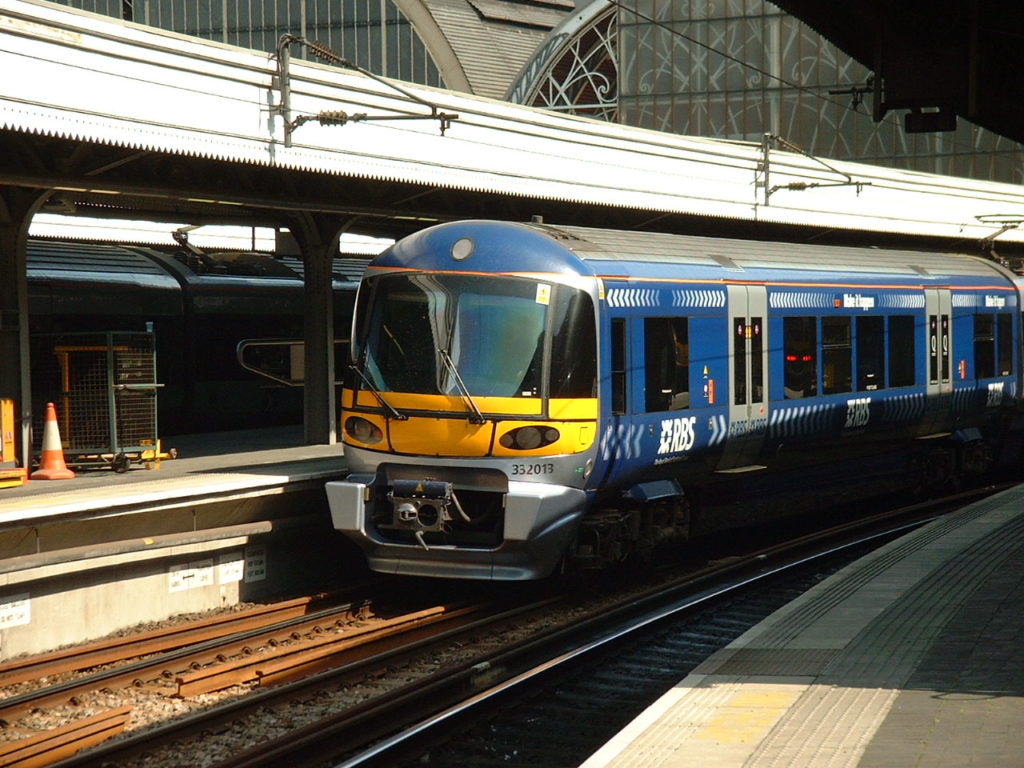The term ‘heavy rail’ is used to refer to conventional mainline railways, in comparison to metros, tramways, or other transit modes.

These systems are normally to the full standards for mainline rail, including the National Technical Specification Notices and Railway Group Standards.
A heavy rail line or train will normally need to integrate with national signalling and communications control arrangements.
Freight compatibility is normally good, though the capability of structures and of gauge clearance on routes is variable.
Local and suburban train services normally operate on routes with relatively closely spaced stations, and as a result peak speeds achieved are relatively modest. Train capacity is often achieved with an assumption of a significant proportion of standing passengers in peak periods; this can be acceptable as journey times on these services are relatively short for most passengers.
The vehicle types used in urban and suburban services are also often found being used for rural rail services, though generally in shorter train formations.